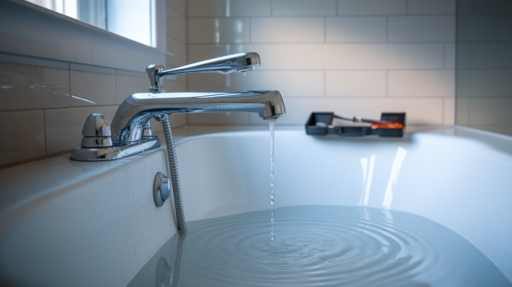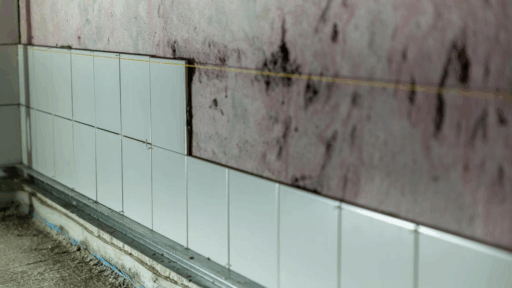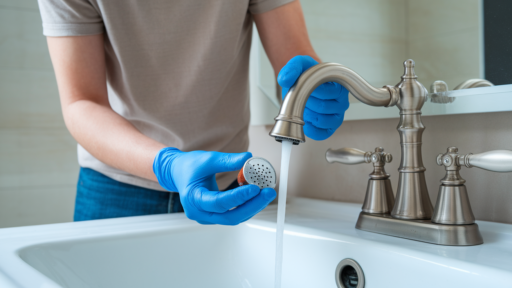A leaky shower faucet can be really annoying, especially when it keeps dripping after you’ve turned it off. I’ve been there too, and I know how frustrating it feels.
The good news is, it’s usually not a big problem, but it does need attention before it gets worse or wastes more water.
I’ll walk you through the most common causes, help you spot what’s wrong, and show you what steps to take next.
You don’t need to be a plumber or spend a lot to fix it. My goal is to make this clear and simple, so you can stop the drip and feel confident moving forward. Let’s fix this together.
Is a Leaking Shower Faucet a Serious Problem?

It might seem like a small drip is no big deal, but it can turn into a bigger problem over time.
A leaking shower faucet can waste a lot of water, sometimes gallons every day. That means your water bill could go up without you even realizing why.
Even worse, if the water keeps dripping, it can cause stains or damage around your tub or shower. It might also lead to mold or mildew, which isn’t safe to breathe in.
On top of that, a leak usually means something inside the faucet isn’t working right. Ignoring it won’t make it go away-it will only get worse.
Fixing it early is the smart move and can save you time, money, and stress later.
So even if the leak seems small now, it’s worth finding out what’s causing it and how to stop it before it becomes a bigger issue.
Common Reasons Your Shower Faucet Leaks When Turned Off
A dripping shower faucet often means a worn or faulty part. It’s usually caused by wear, dirt, or water pressure. Here are five common reasons why it happens:
1. Worn-Out Cartridge or Valve
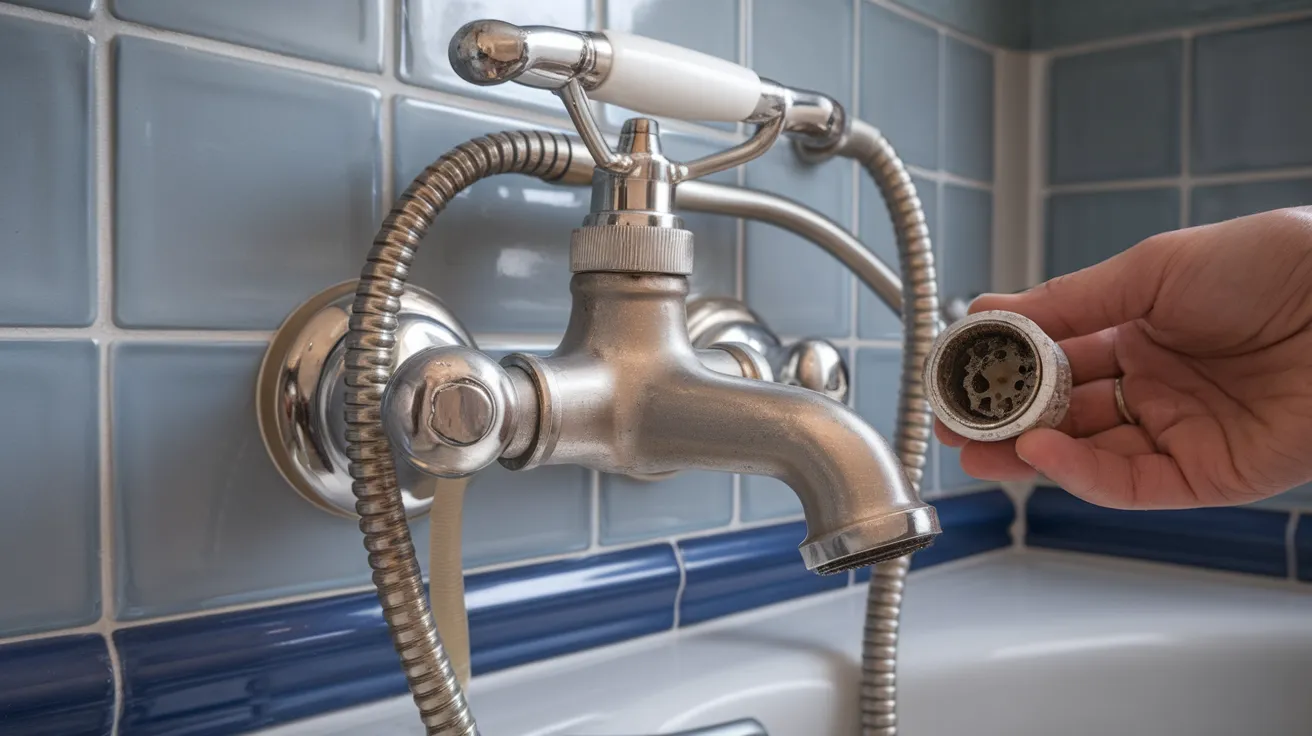
The cartridge or valve inside your shower faucet is what controls the flow of water. When you turn the handle, it opens or closes the valve.
Over time, this part can wear out or break. When that happens, it may not shut the water off all the way, and you’ll notice a slow drip from the spout.
This is one of the most common reasons a faucet leaks. If your shower is older or has been used a lot, the cartridge might just be worn down.
Replacing it can usually fix the problem quickly.
2. Mineral Buildup Inside the Valve
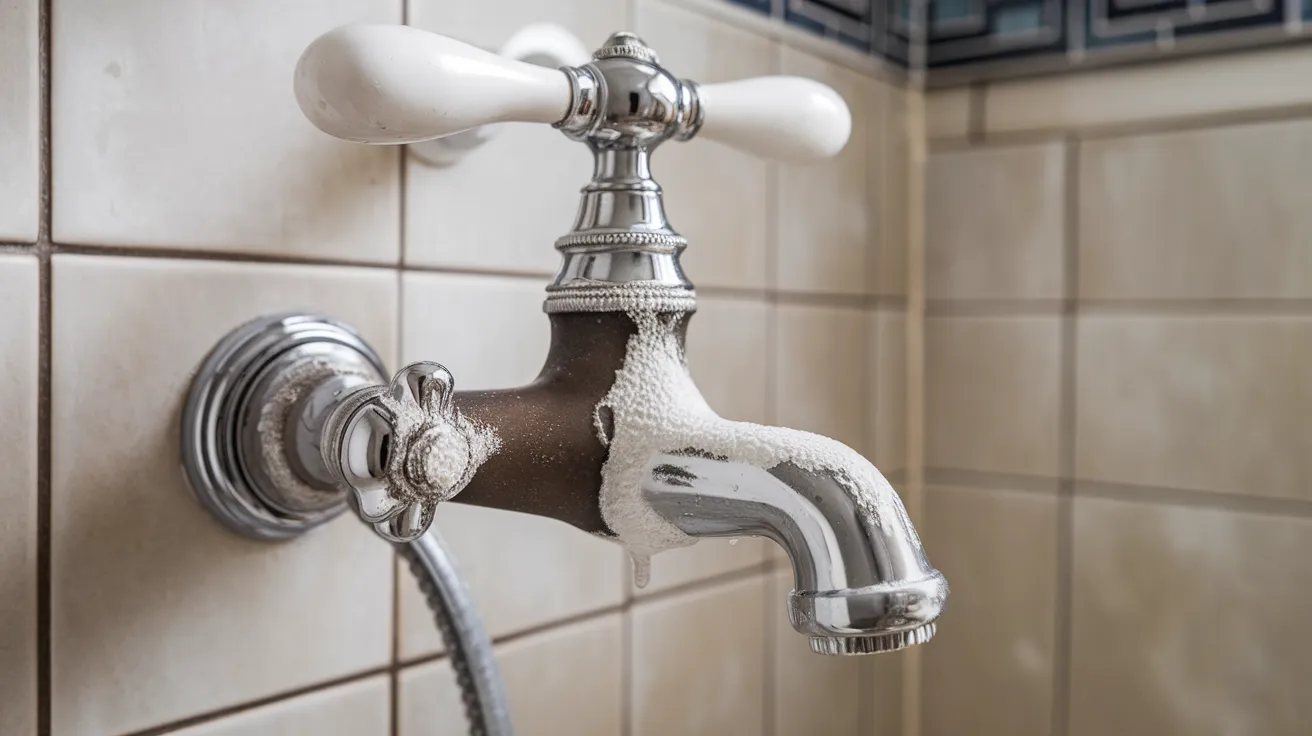
If you live in an area with hard water, minerals like calcium and lime can build up inside your shower valve.
This buildup can make it hard for the valve to fully close, even if the parts aren’t worn out. As a result, water keeps leaking from the spout even after you turn it off.
You might even notice white or crusty spots around the handle or faucet. Cleaning the inside of the valve or soaking the parts in vinegar can sometimes solve this.
But if the buildup is too much, you may need to replace the valve.
3. Damaged Rubber Washers or O-Rings

Rubber washers and O-rings are small but important parts that help seal the water inside the faucet.
If these pieces get old, cracked, or worn out, they can let water leak through even when the valve is off.
This can lead to that slow, annoying drip you hear. Washers and O-rings don’t last forever, especially if your faucet gets used a lot.
The good news is they’re usually cheap and easy to replace.
If you’re comfortable using a wrench and screwdriver, this is a fix you might be able to handle yourself.
4. High Water Pressure

If your home has very high water pressure, it can sometimes force water through the faucet even after it’s been turned off.
This makes it seem like the faucet is leaking when really, the pressure is too strong for the valve to hold back.
You may also notice other signs of high pressure, like noisy pipes or water spraying too hard from your showerhead.
A plumber can test your pressure and install a pressure-reducing valve if needed.
Fixing this can protect your plumbing and stop that unwanted drip from your shower spout.
5. Faulty Shower Diverter

The diverter is the part of your shower that switches water between the tub spout and the showerhead.
If it doesn’t fully close or gets stuck, water can leak out of the tub spout even when the shower is turned off.
This is common in tub-shower combos where the diverter is part of the spout or a pull-up knob.
Over time, the diverter can wear out or get clogged with debris.
If the leak is coming from the tub spout and not the showerhead, the diverter might be the problem and could need replacing.
How to Check the Leak on Your Own

Before you bring in a professional, take a few simple steps to check for easy fixes. A quick look at the faucet might save you time and money.
- Find where the leak is coming from: Is it the showerhead or the tub spout? A leaking tub spout may mean a stuck diverter. A dripping showerhead could point to a bad valve or cartridge.
- Turn off the water supply: Always shut off the water before opening the faucet.
- Remove the handle and cover plate: Gently take off the handle and plate to check inside.
- Inspect parts for wear or buildup: Look for rust, mineral buildup, or worn parts inside the faucet.
- Check rubber washers and O-rings: If they’re cracked or dried out, they may need replacing.
- Clean or replace as needed: Sometimes a simple cleaning helps. If parts look too old or damaged, a replacement might be a better option.
These small checks can help you spot the issue, and maybe even fix it yourself.
When Should You Call a Plumber?

Some shower faucet leaks are easy to fix, but others might be too tricky to handle alone.
If you’ve checked the parts and tried basic repairs, but the drip won’t stop, it may be time to call a plumber.
A pro can find hidden problems, like pipe damage behind the wall or a valve that’s stuck deep inside the plumbing.
Also, if there’s a lot of water leaking, or if water is dripping from places it shouldn’t, like the wall or floor, it’s best to get help right away.
Waiting too long can lead to water damage, mold, or bigger repair costs.
If the water pressure in your home seems too strong and is causing problems in more than one place, a plumber can test it and install a pressure-reducing valve.
When in doubt, getting help from someone with experience can save time and prevent bigger issues later on.
Tips for Preventing Future Leaks
Below are some simple and smart tips to help keep your shower faucet from leaking again:
- Turn the handle gently:Twisting the handle too hard can damage the parts inside. Use light pressure to make it last longer.
- Clean around the faucet regularly: Wipe away dirt and grime to stop buildup that can wear down seals and valves.
- Use a water softener or filter: If your home has hard water, this helps reduce mineral deposits that cause blockages and damage.
- Check your water pressure: High pressure puts stress on faucet parts. A plumber can install a pressure-reducing valve if needed.
- Inspect the faucet every few months: Catch small problems early by looking for drips, rust, or loose handles.
- Replace worn parts when needed: Don’t wait too long to change out bad washers, O-rings, or diverters.
Conclusion
A shower faucet that leaks after you turn it off might seem small, but it can lead to bigger problems if you ignore it.
I know how frustrating it is to hear that constant drip and not know what’s causing it.
Most of the time, it’s something simple, like a worn-out washer, a stuck diverter, or mineral buildup inside the valve.
The good news is that once you understand the reason, fixing it is often easier than you might think.
I hope this helped you feel more confident about what to look for and how to handle it.
You can try a few simple steps on your own, and if things still don’t improve, calling a plumber is the best move.
Just remember: small leaks can turn into big issues over time.
Taking care of them early saves you stress, water, and money down the road.

